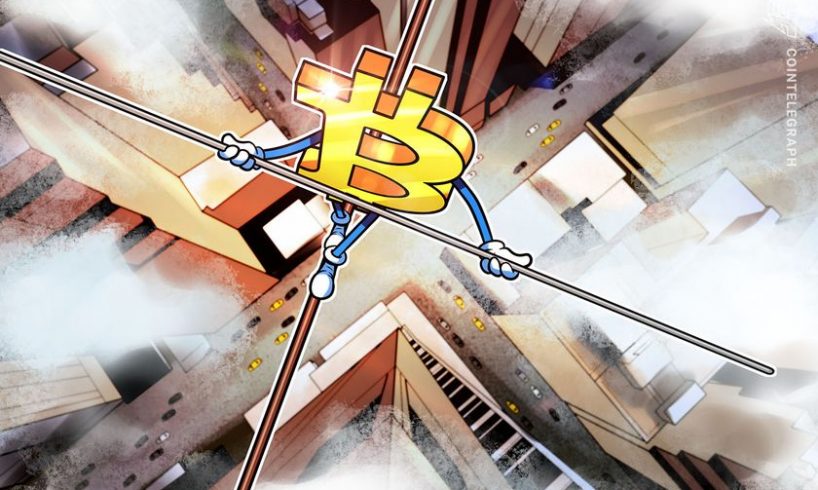
Bitcoin (BTC) price dropped 4.1% between Sept. 15 and Sept. 16, falling to $57,595 after being rejected at the $60,000 level. This decline wiped out the gains from Sept. 13, when Bitcoin’s price jumped from $57,890 to $60,580 in under ten hours.
Some analysts attribute Bitcoin’s recent gains to the weakening of the US dollar, which coincided with gold reaching an all-time high. Meanwhile, others argue that inflows of $263 million into Bitcoin spot exchange-traded funds (ETFs) and the recent $1.11 billion purchase of BTC by MicroStrategy helped fuel the bullish momentum on Sept. 13.
Bitcoin/USD (right) vs. gold/USD (left). Source: TradingView
Despite these factors, Bitcoin’s price has struggled to close above $62,000 for nearly three weeks, causing bullish traders to become more cautious. With the US Federal Reserve expected to ease some of its contractionary monetary policies by cutting interest rates, traders have little incentive to position themselves aggressively before the event.
A 0.50% interest rate cut at the Federal Open Market Committee (FOMC) meeting on Sept. 18 would be favorable for risk-on markets, but investors’ focus on equities could diminish Bitcoin’s momentum. The S&P 500 index is trading just 1% below its all-time high, and large tech companies continue to post strong earnings while sitting on substantial cash reserves, which support stock prices through share buyback programs.
However, if the Fed opts for a more cautious 0.25% interest rate cut, it could have a negative impact on risk-on markets. A higher cost of capital for businesses and consumers could curb hiring and spending, which would hurt corporate earnings and potentially exacerbate challenges in the already struggling commercial real estate market.
Slowing economic growth in China fuels uncertainty
China’s economic outlook also remains a concern for investors, and by extension, Bitcoin’s price. Data released on Sept. 14 showed that China’s retail sales grew by just 2.1% in August compared to the prior year, a slowdown from the 2.7% growth seen in previous months. Similarly, Chinese industrial production rose by 4.5% in August,…
..






